
China
23:14, 16-Sep-2017
China Footprint: College entrance exam 40 years on
By Hu Nan
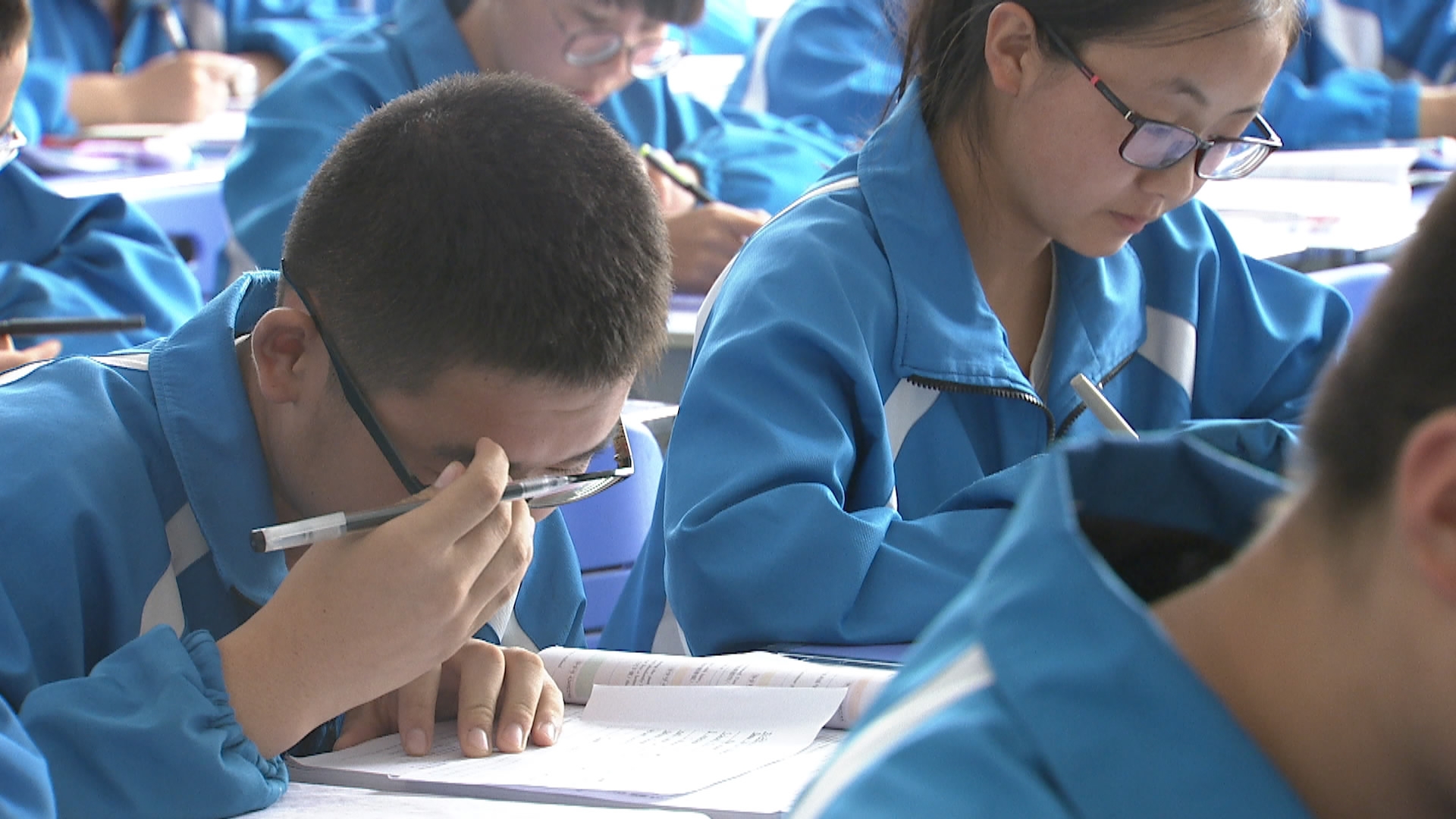
China is marking the 40th anniversary of the restoration of national college entrance exam, also referred to as Gaokao, after 12 years of selective college submission based on the public and political recommendation.
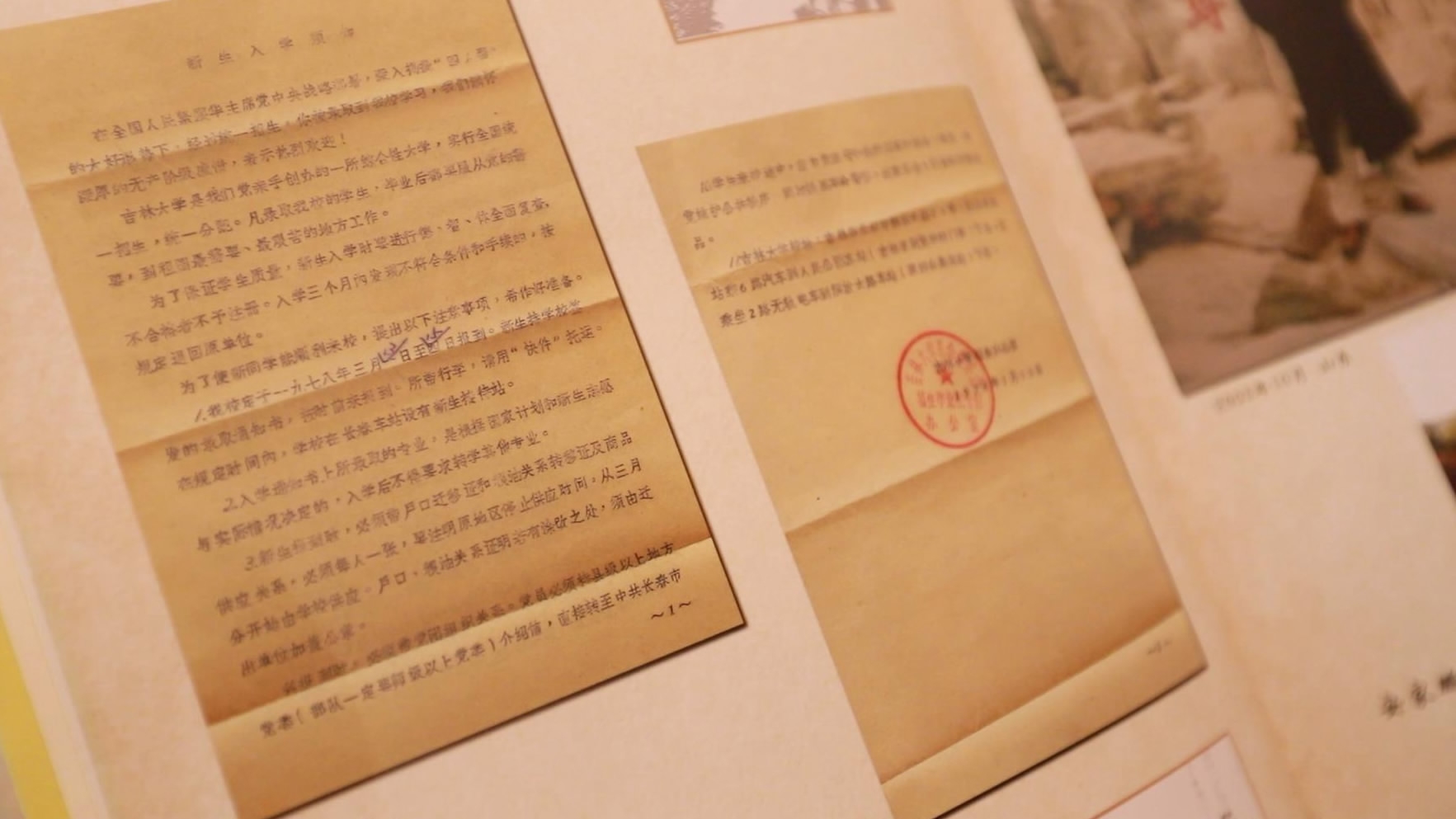
The college admission letter in 1977 /CGTN Photo
The college admission letter in 1977 /CGTN Photo
With its roots in the imperial examinations that started more than 2,000 years ago, Gaokao was designed to be an important tool to select most capable candidates for higher education.
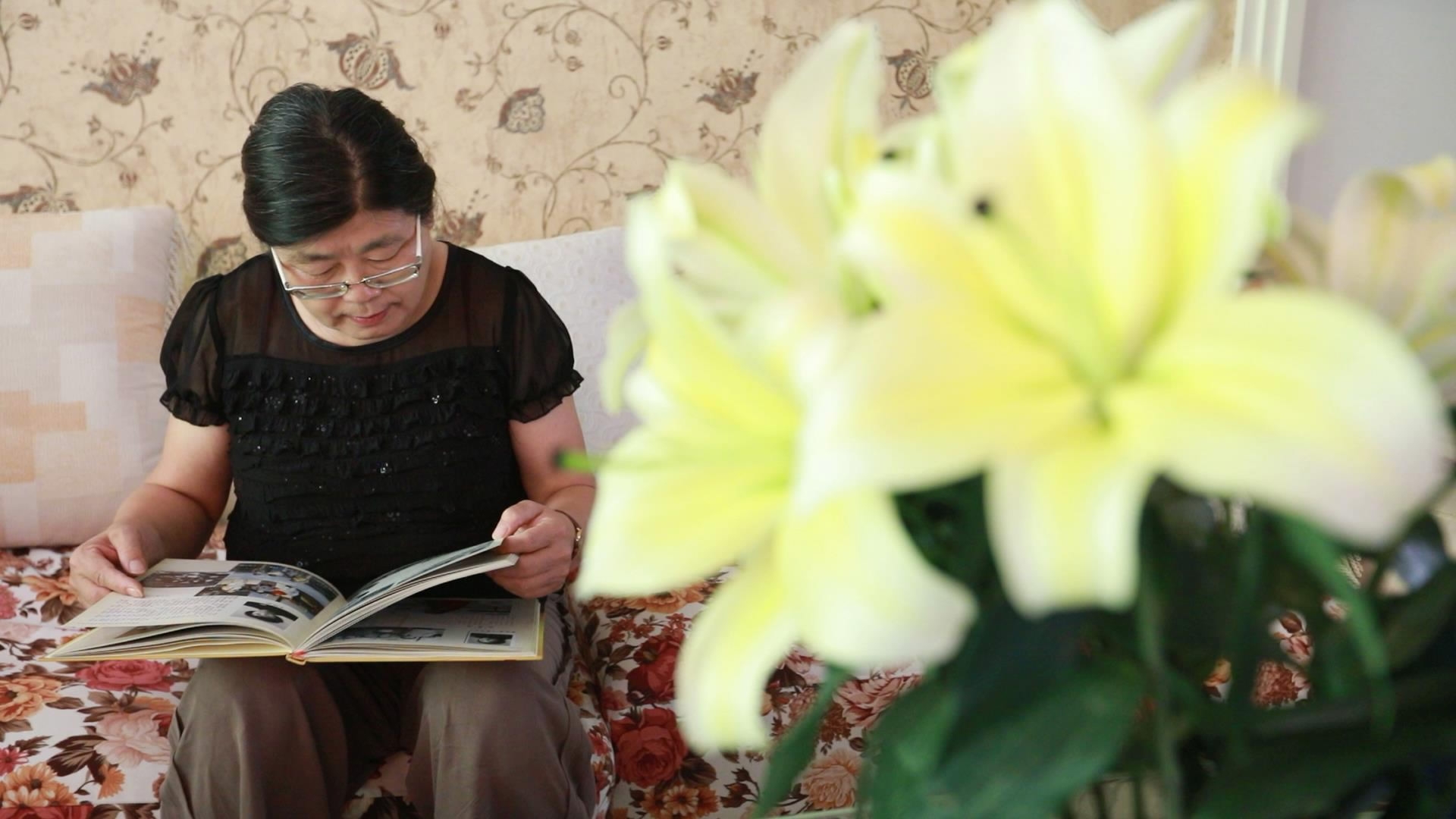
One of the first batch of National College Entrance Exam test takers reviews her alumni book. /CGTN Photo
One of the first batch of National College Entrance Exam test takers reviews her alumni book. /CGTN Photo
Over the past four decades, millions of students have taken the test, making it the world's largest standardized test. Taking place over nine hours on June 7-8 every year across China, it's a two-day grilling for the college entrance qualification.
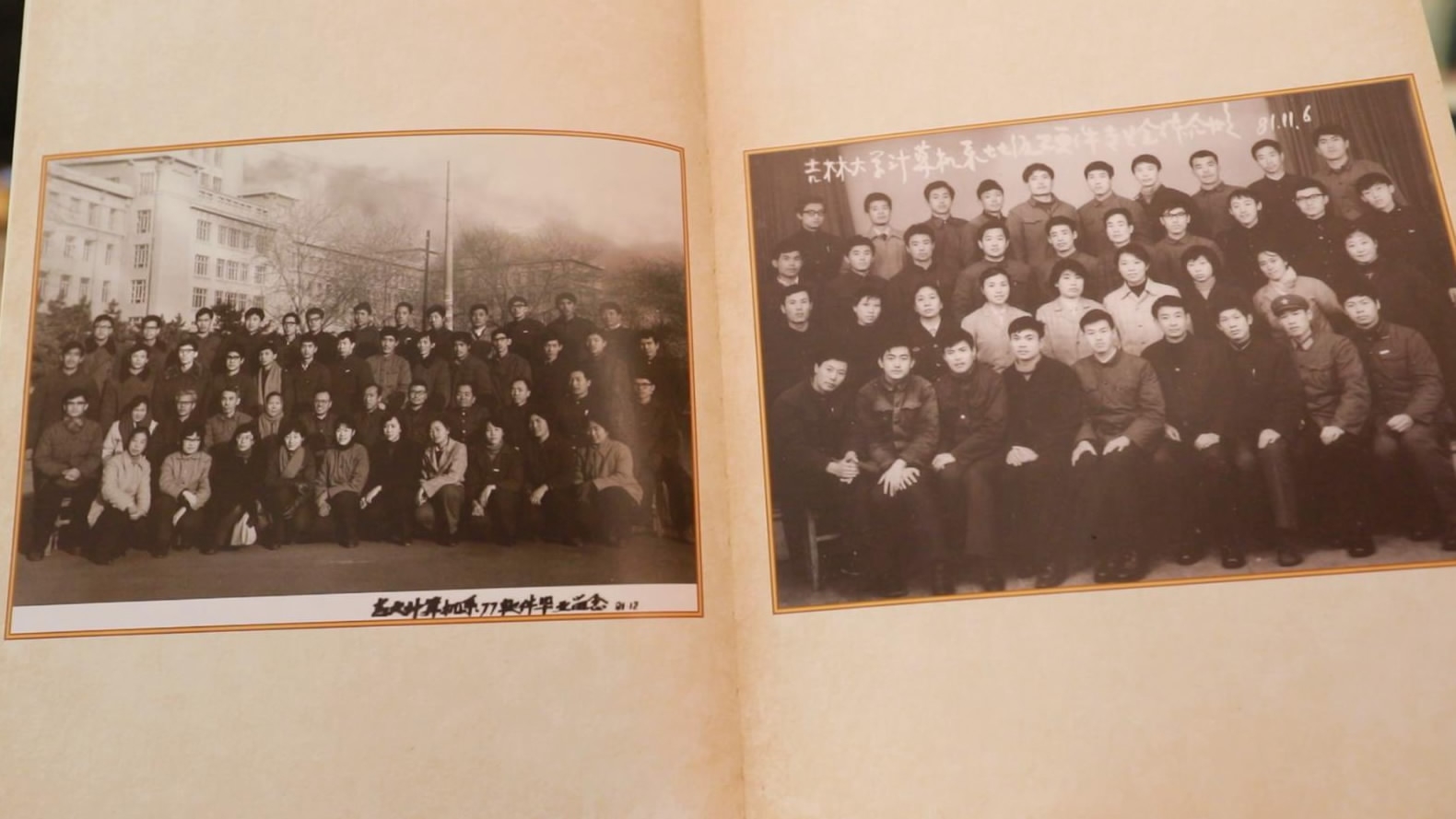
Alumni pictures on the graduation in 1981 /CGTN Photo
Alumni pictures on the graduation in 1981 /CGTN Photo
Students will sit tests in Chinese and English languages, mathematics and science or humanities. For Chinese students, the two days of exams are viewed as two of the most important days of their lives, a once-for-a-life-time opportunity, not only granting an enrollment in college but also a new possibility of life.
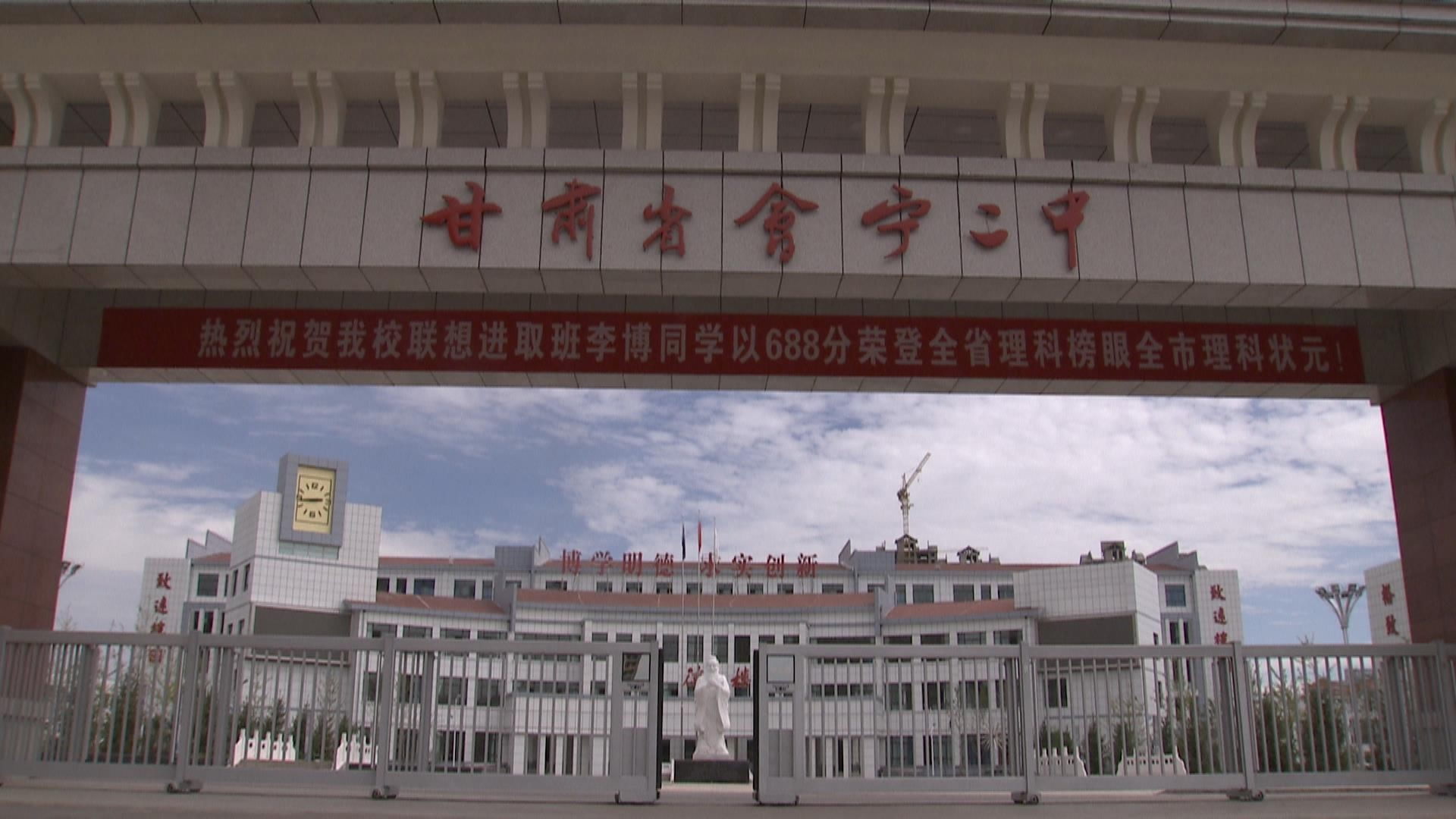
High school is one of the best buildings in this poor county. /CGTN Photo
High school is one of the best buildings in this poor county. /CGTN Photo
Gaokao is an especially high hurdle for China's 100 million rural students, who have been receiving an education of lower quality than their urban peers.
In Shanghai, the average amount spent per elementary school student in 2014 was 14,518 yuan (about 3,000 US dollars, while in Guizhou province, which is known for its mountainous terrain, the figure was 3,327 yuan. Another example is Huining county in Gansu Province, the nation-level poor county, where the average students' yearly cost is above 10,000 yuan, but the local families annual income was only around 5,000 yuan.
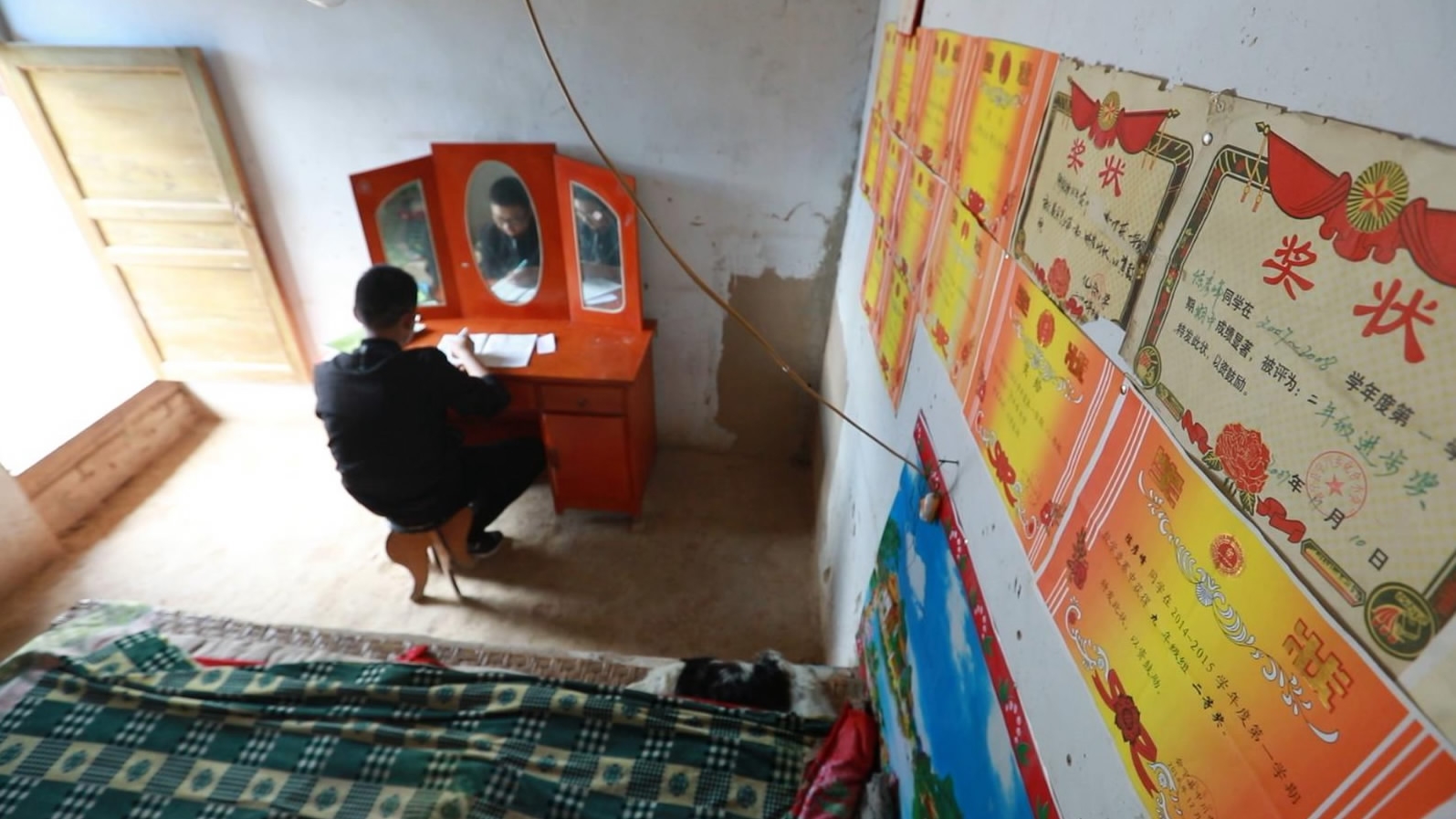
A high school senior in one of the nation's poorest village prepares for upcoming exam in 2018. /CGTN Photo
A high school senior in one of the nation's poorest village prepares for upcoming exam in 2018. /CGTN Photo
Facing vast regional differences in quality and access to universities, the government is planning a sweeping rework of the education system by 2020, aiming to ease college entrance exam pressures and enable more enrollment from underdeveloped areas.
The government will help more students from poorer provinces get into top universities. Although the percentage of village students entering universities is similar to urban students, much fewer village students go to top schools due to a gap in quality of primary and high school education. Also, first-class universities are expected to allocate a certain quota for students from poor, remote and ethnic minority regions.
China has remained the largest country for overseas students in the US in the academic year of 2015-2016, with the number of 328,547. Over 5.5 million Chinese students went abroad for further education in 2016, most of them for undergraduate education. The number of students taking the exam has peaked at 10.5 million in 2008 and fallen back to 9.1 million in 2013. Although the figure maintains at about 9.4 in recent two years, students now have more options besides taking the exam.
Previous episodes:

SITEMAP
Copyright © 2018 CGTN. Beijing ICP prepared NO.16065310-3
Copyright © 2018 CGTN. Beijing ICP prepared NO.16065310-3